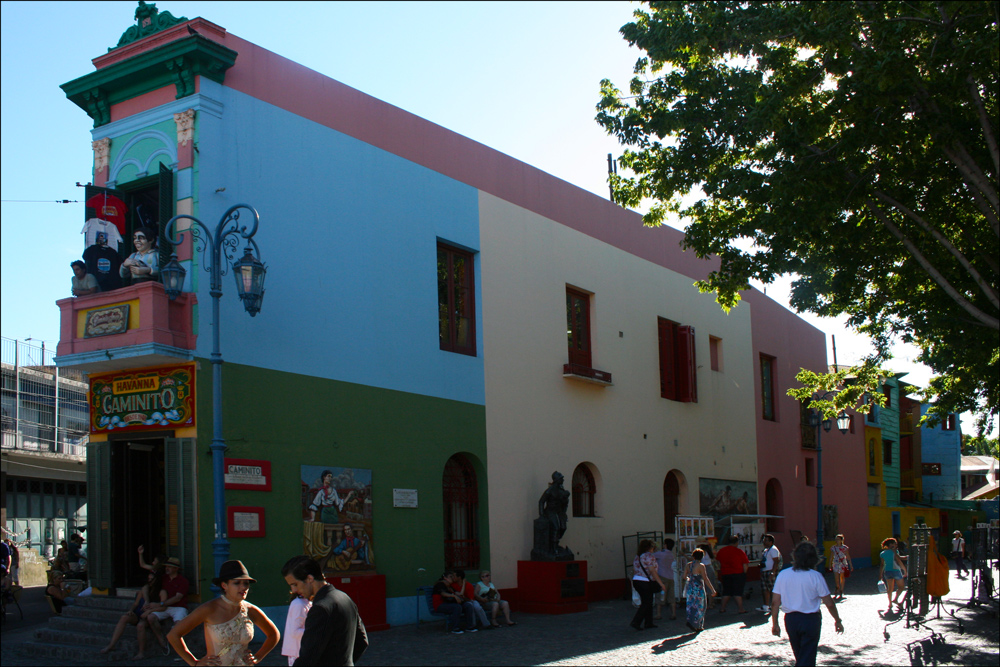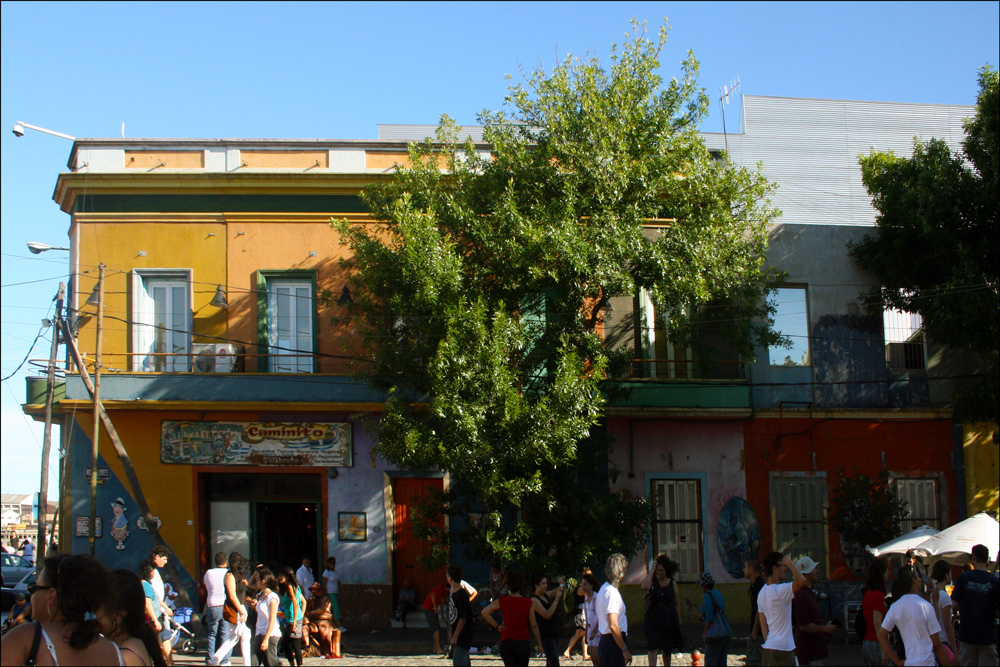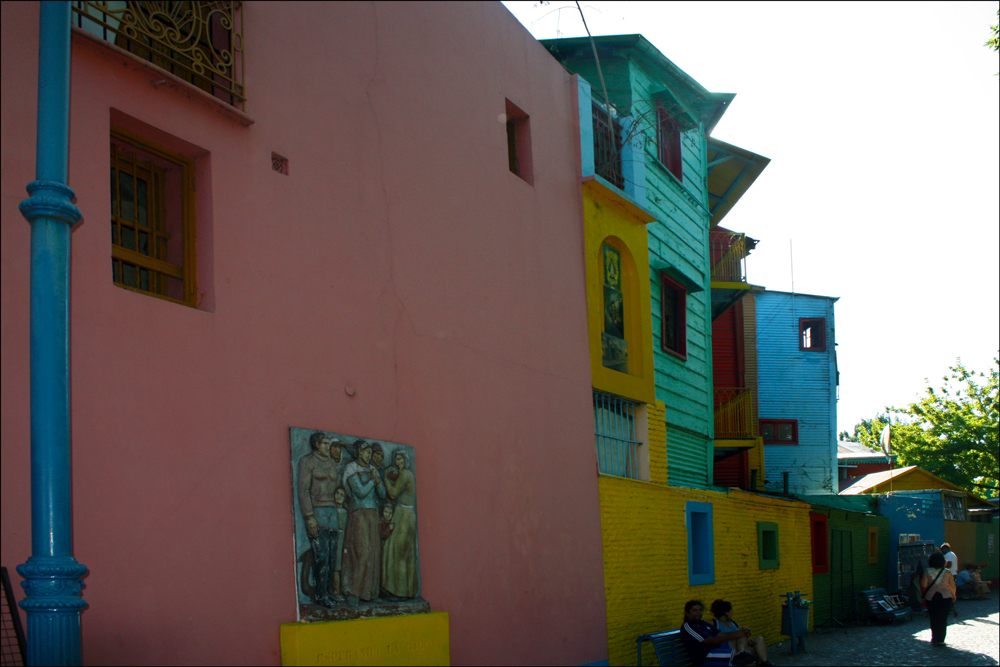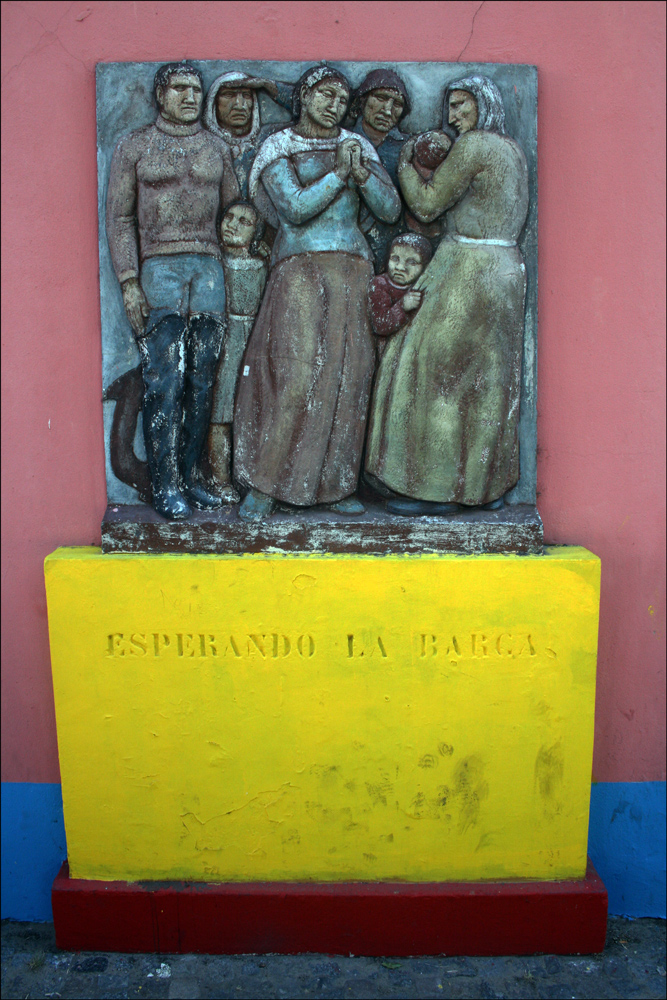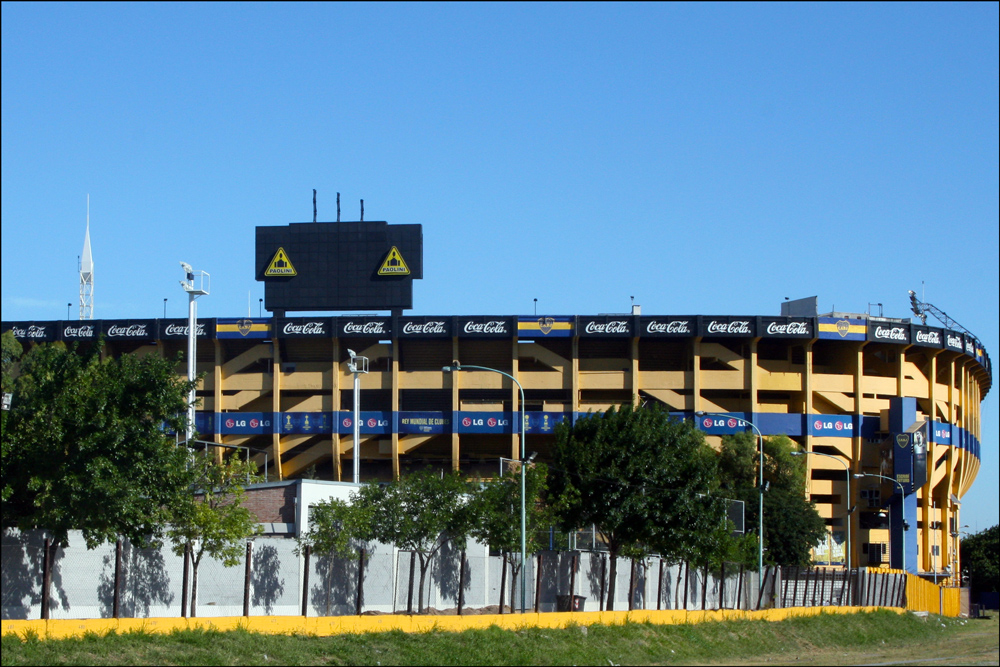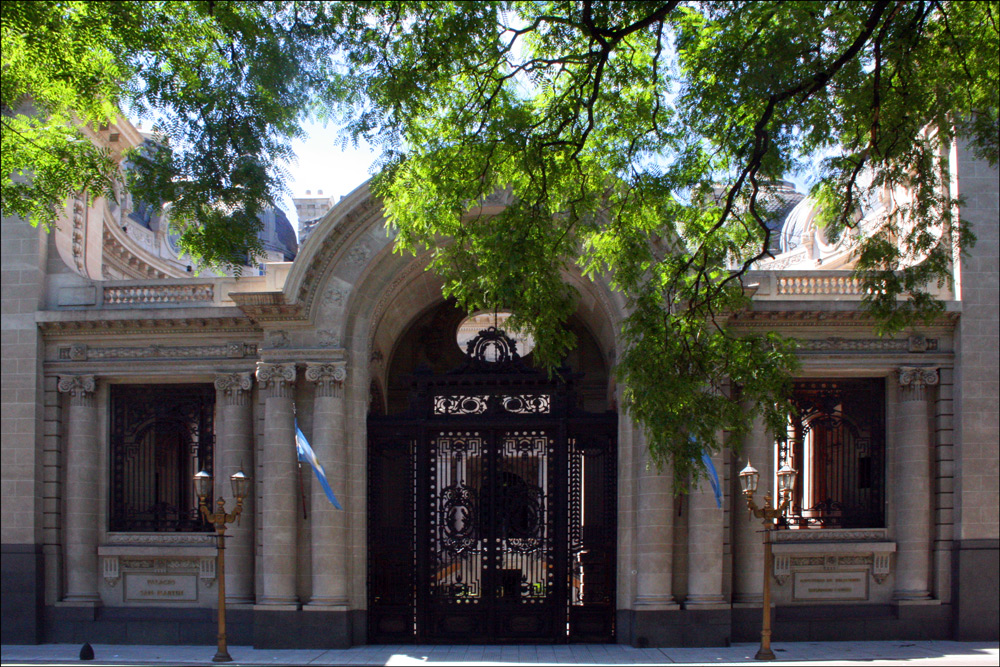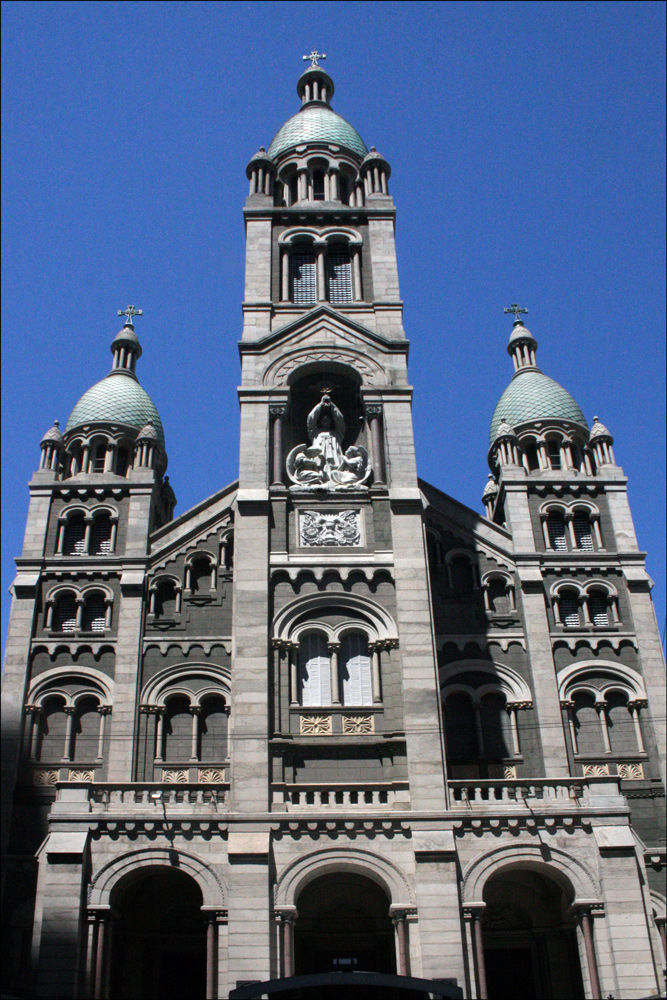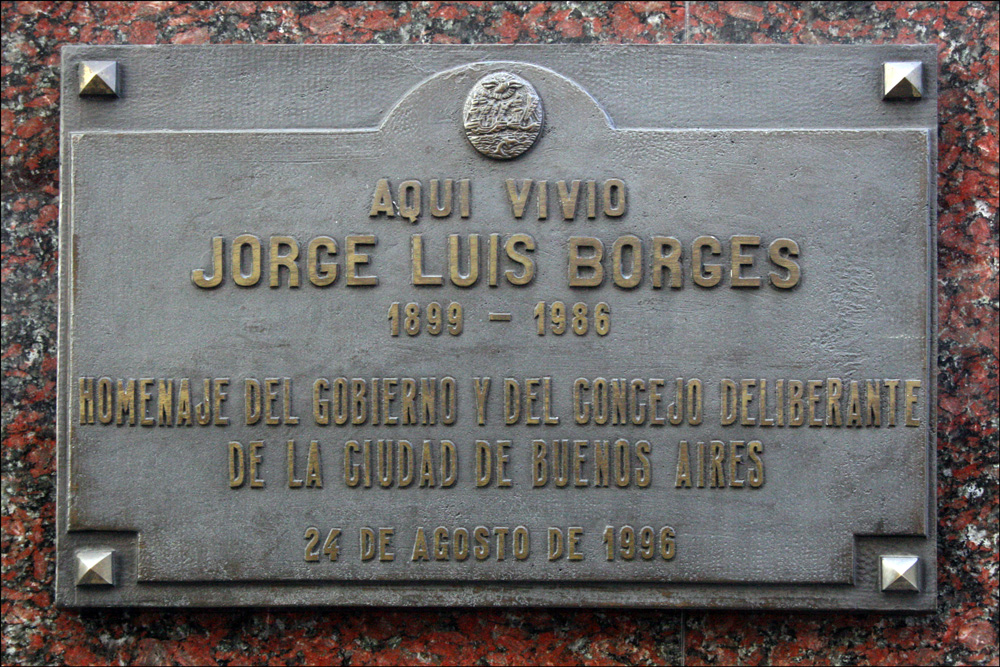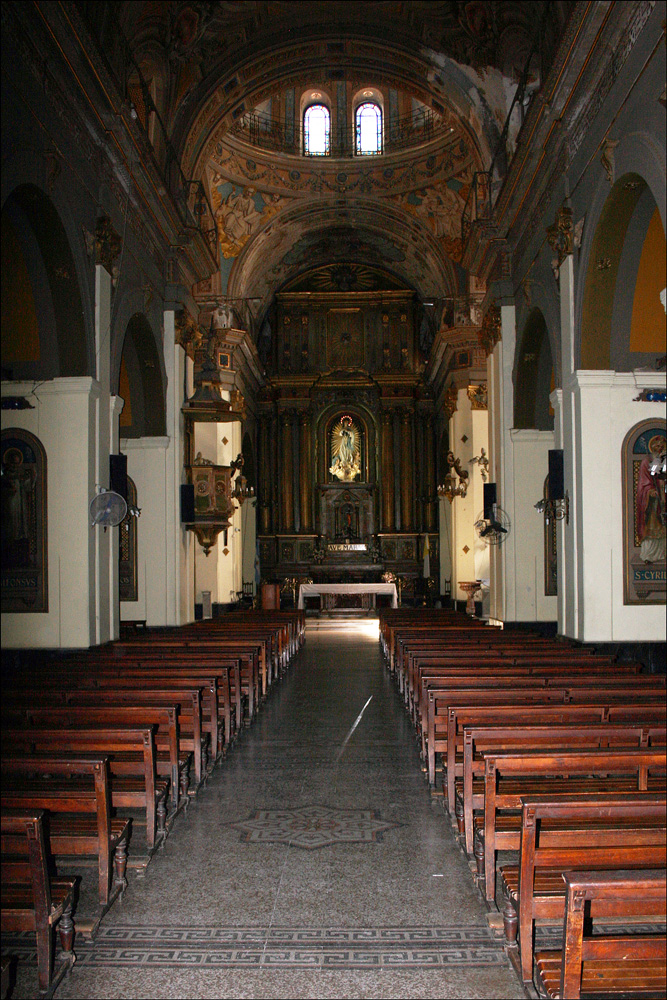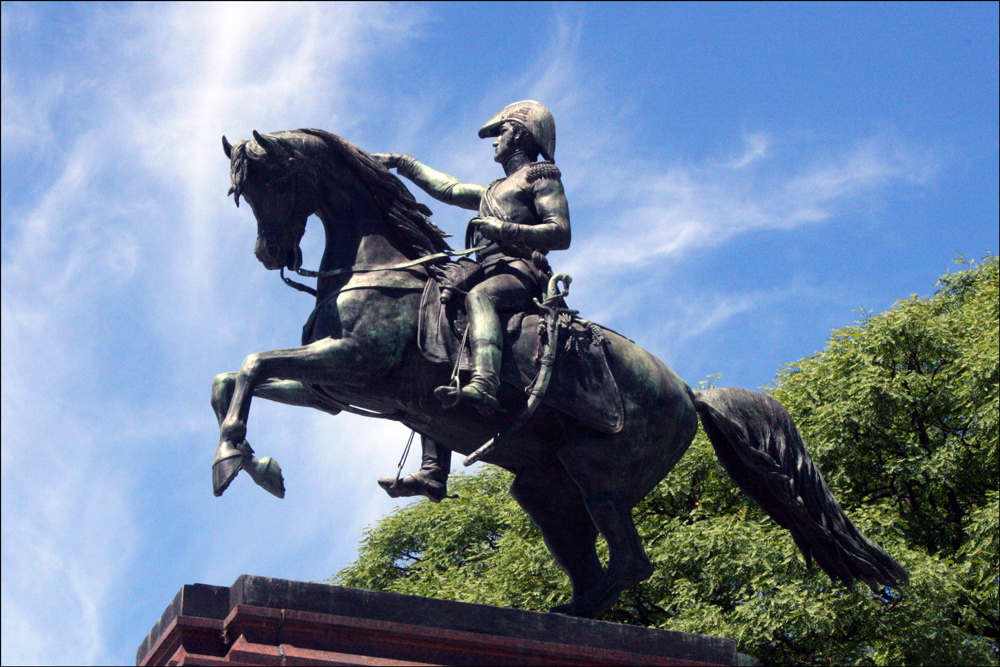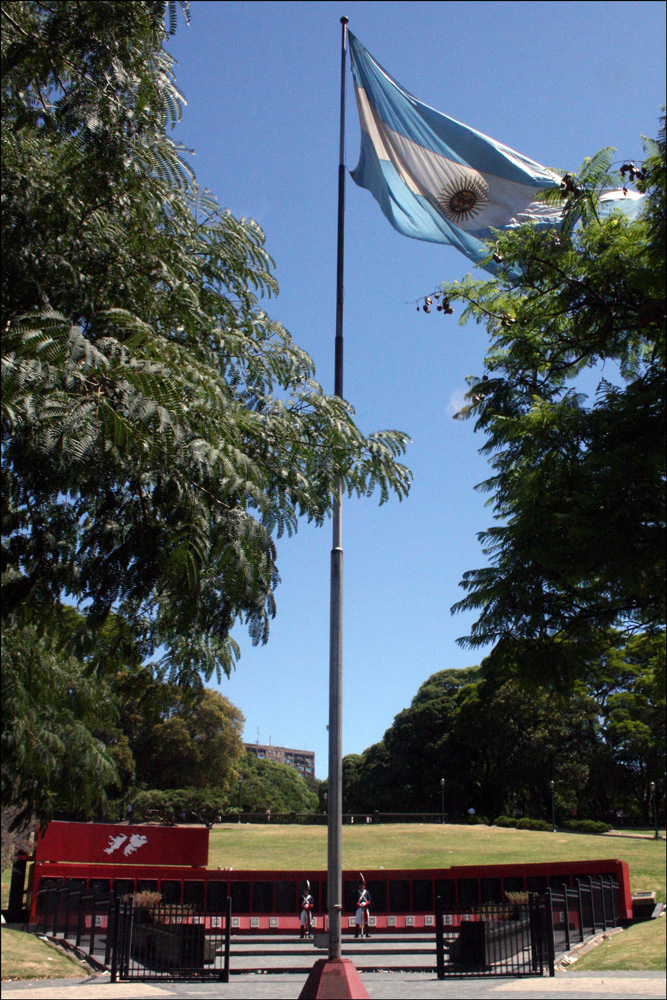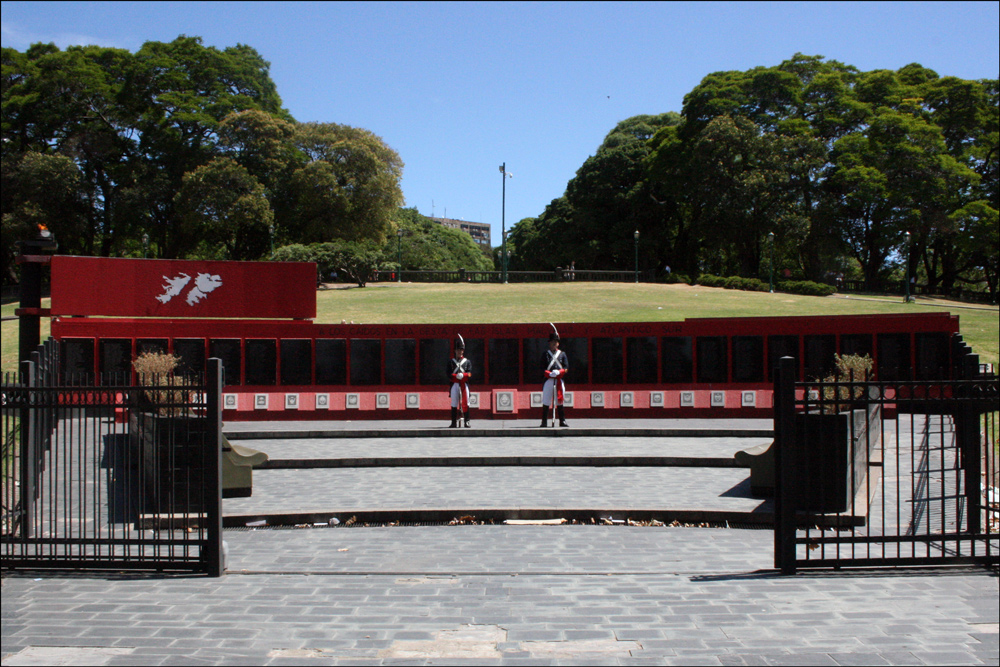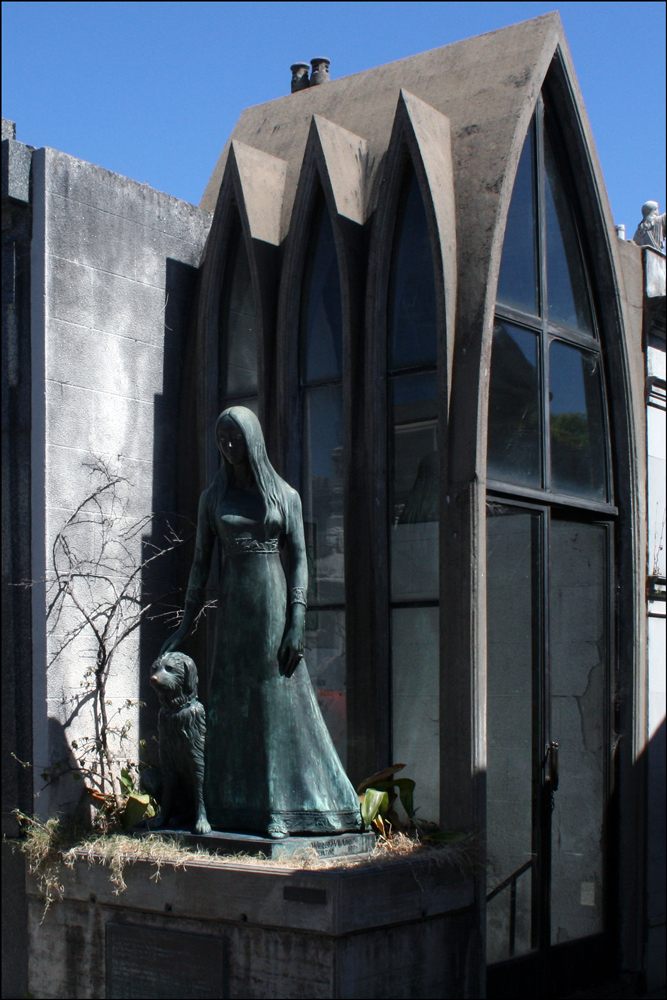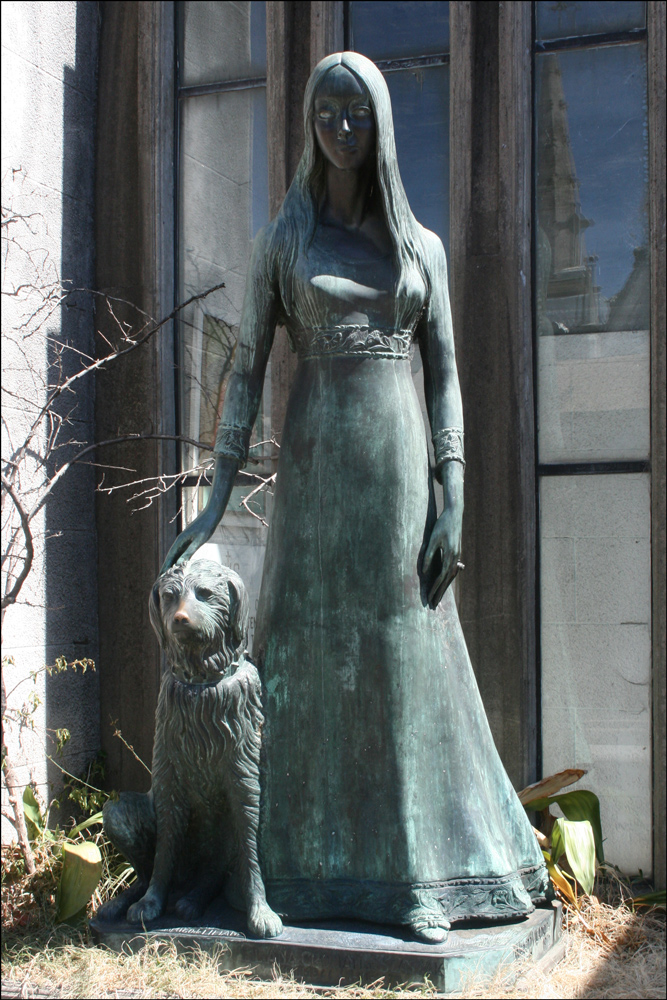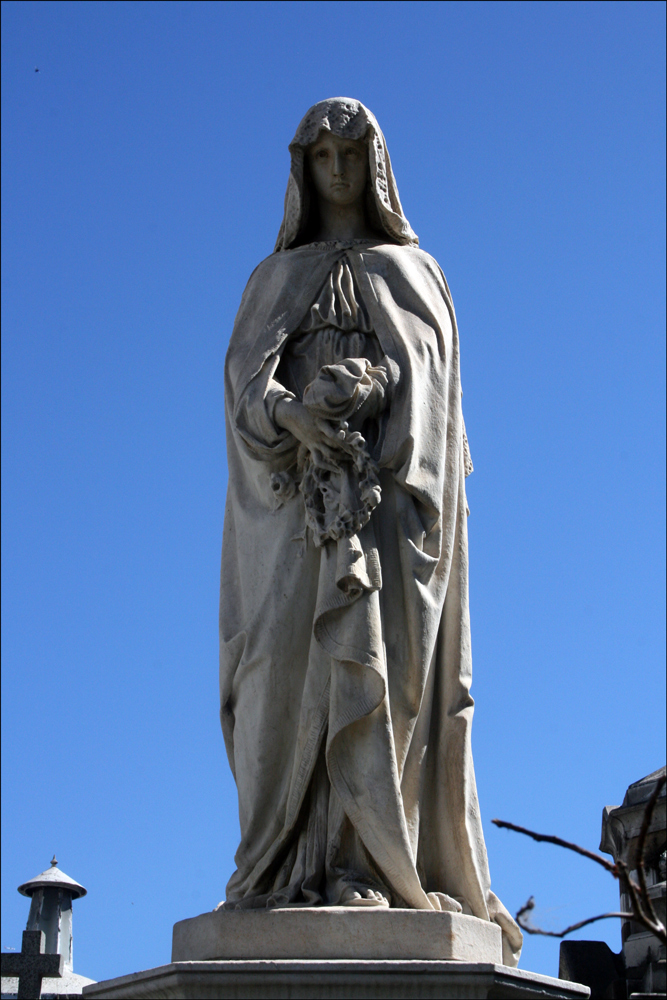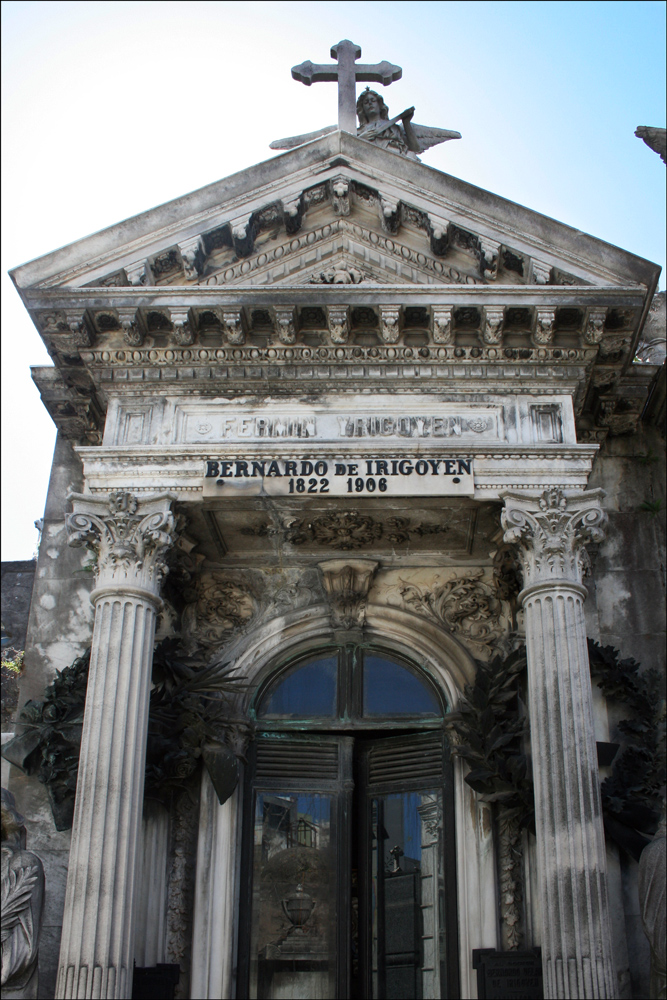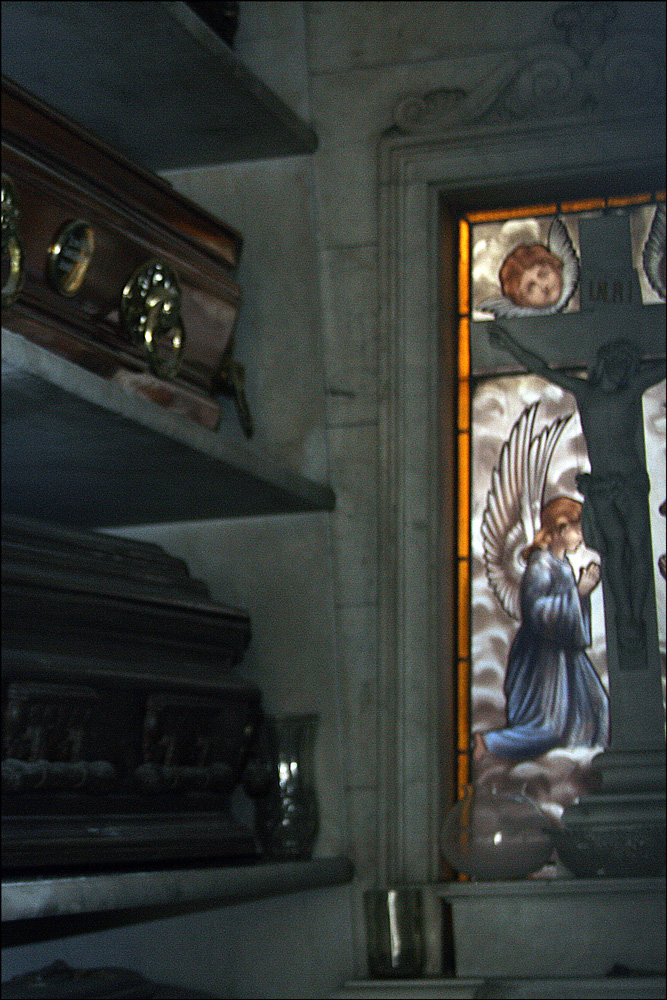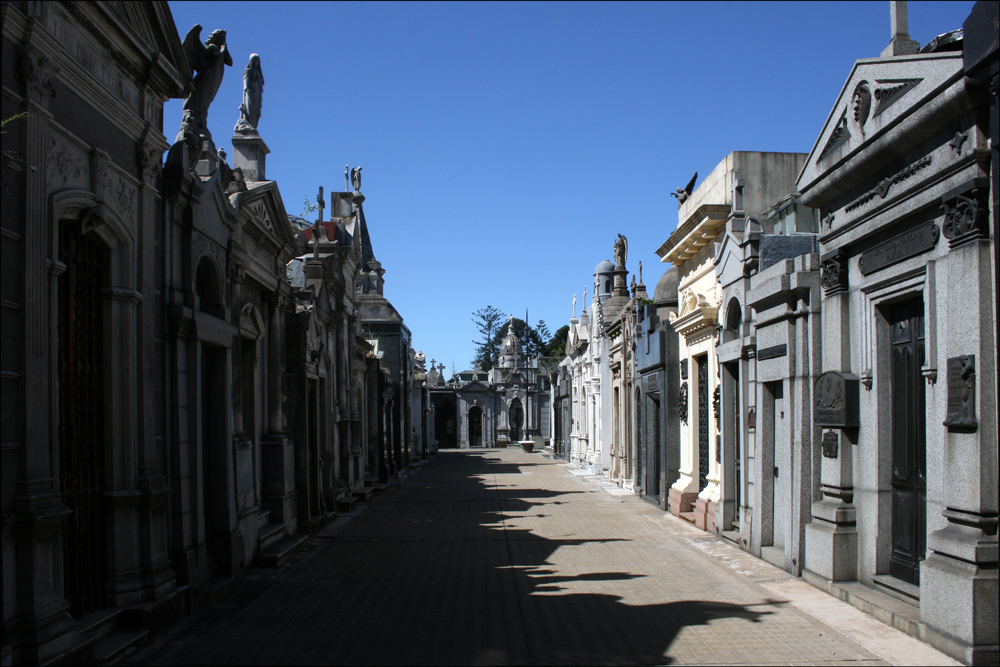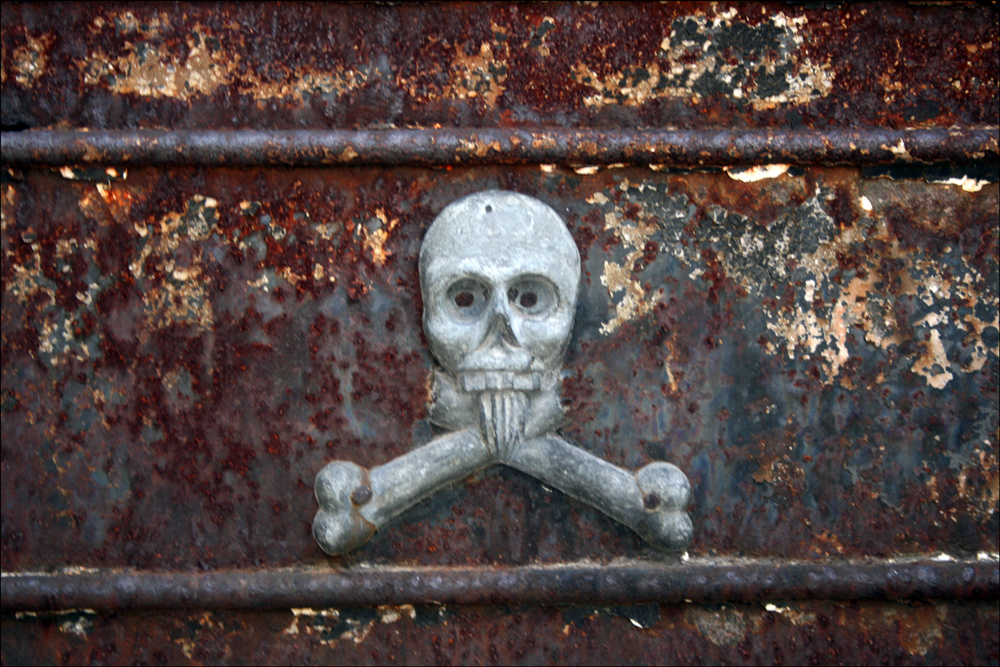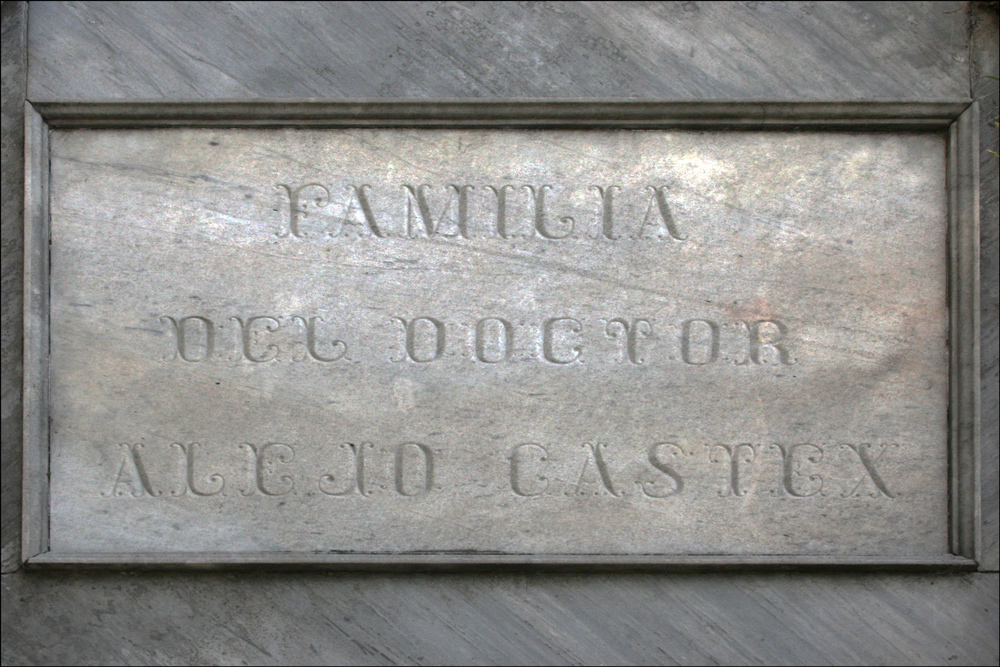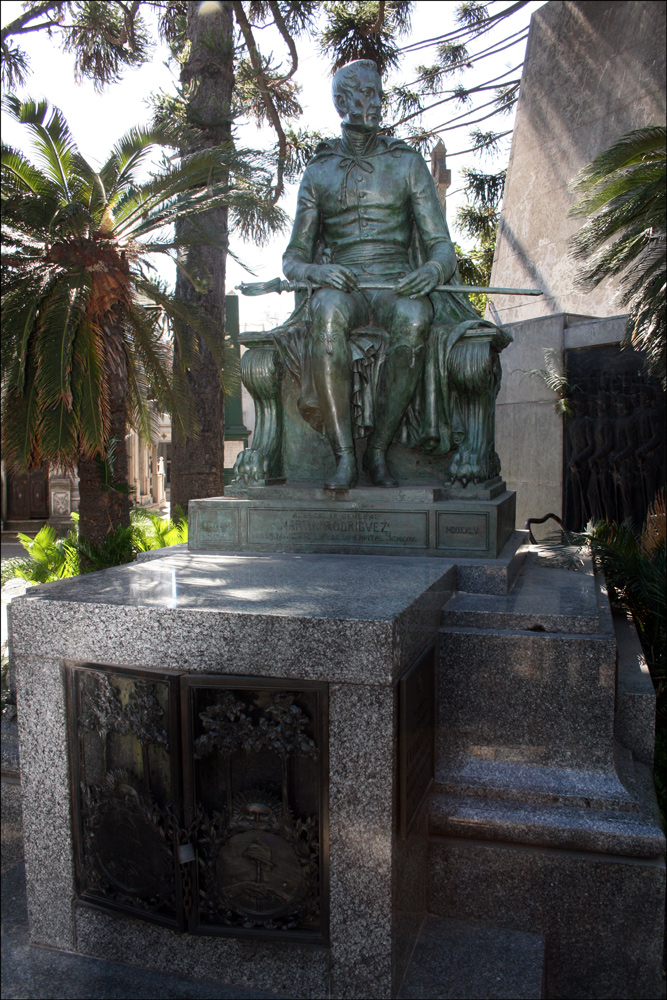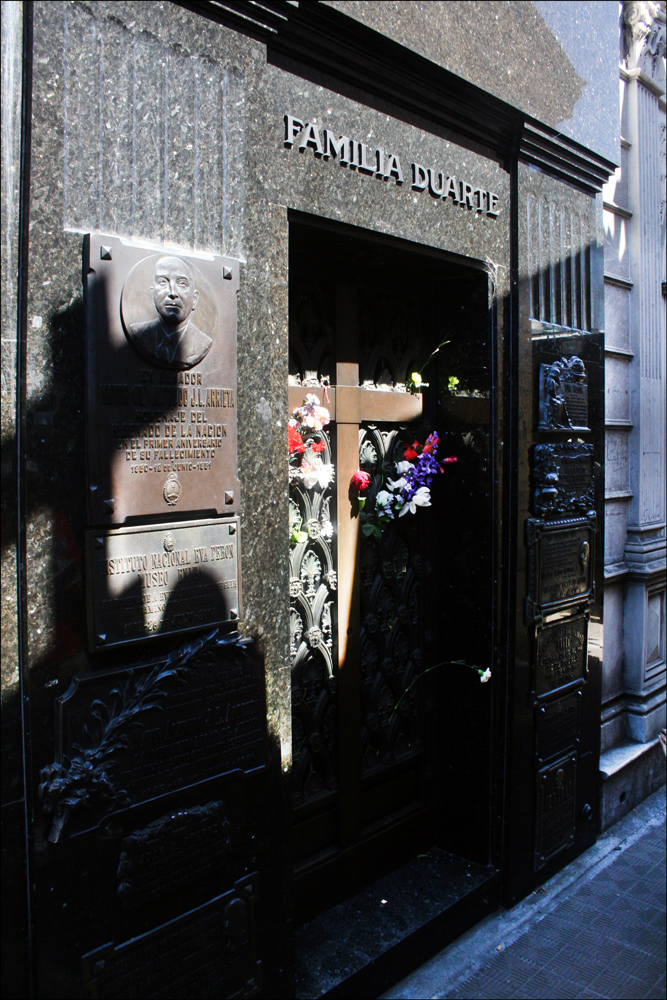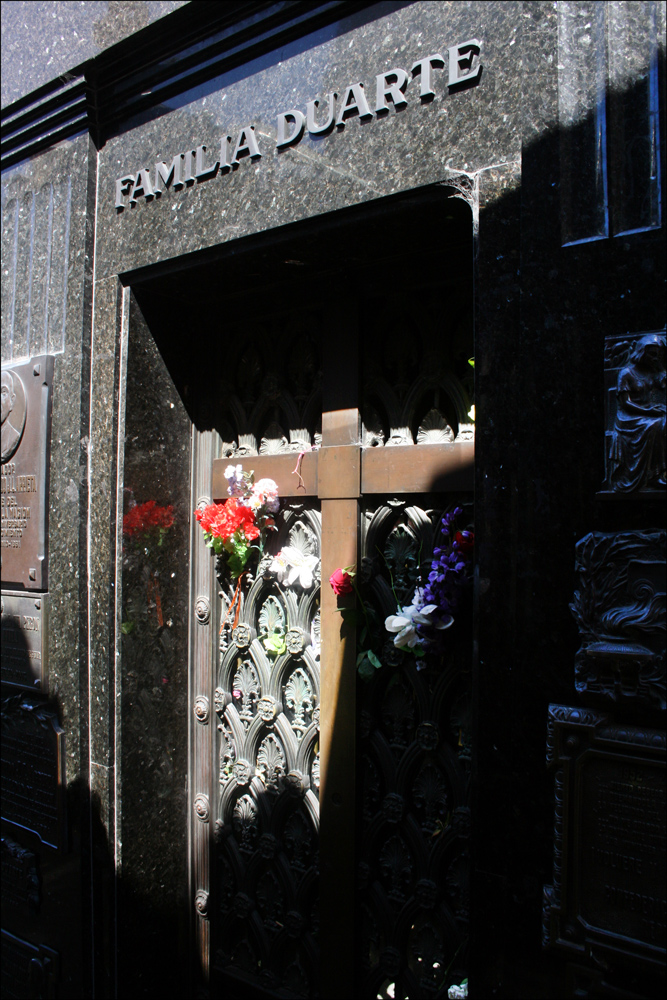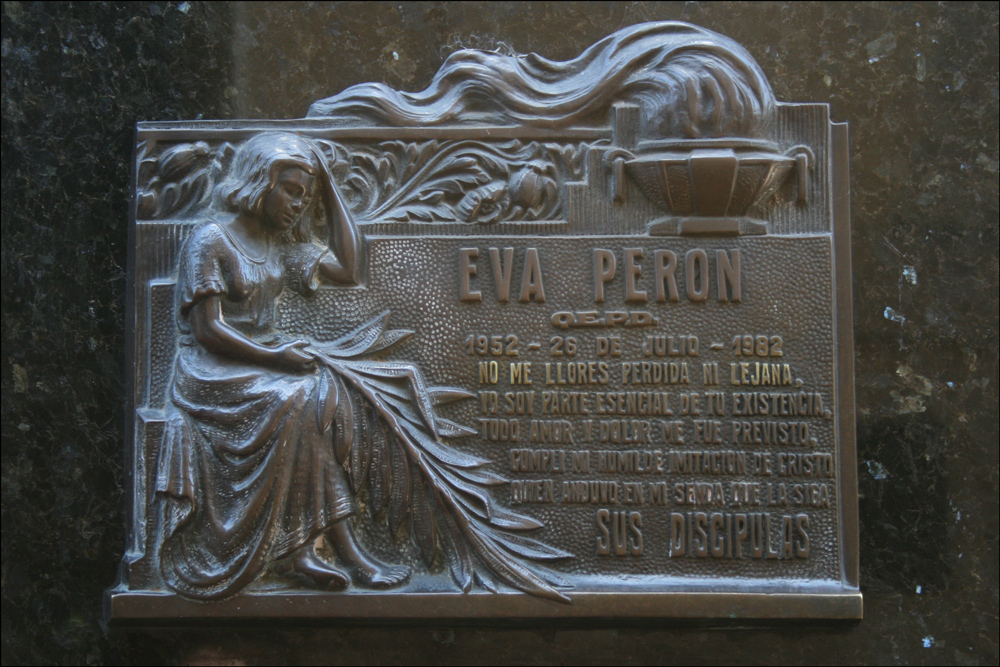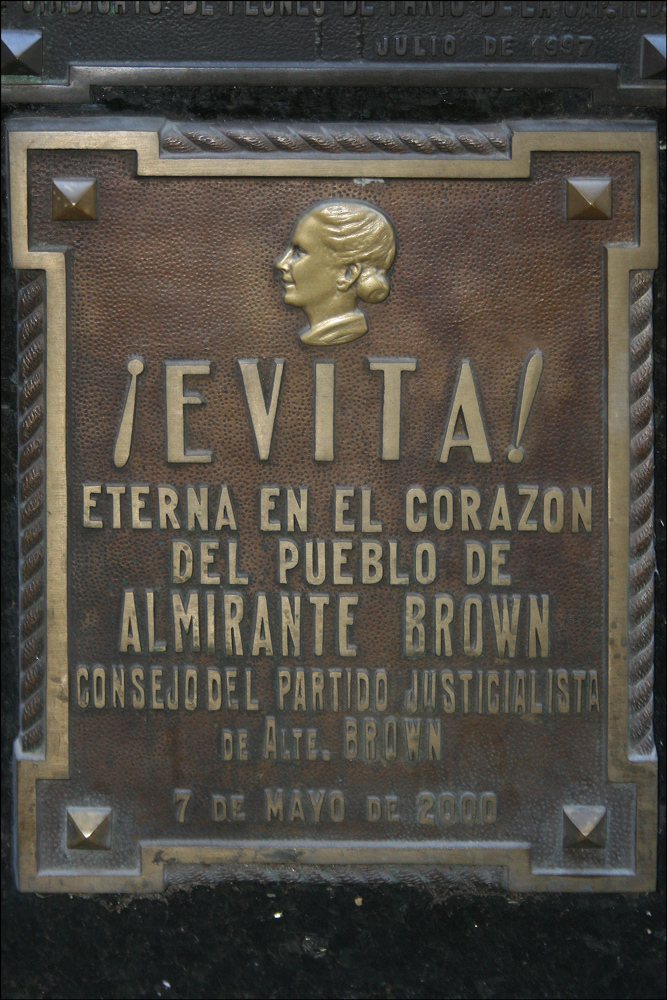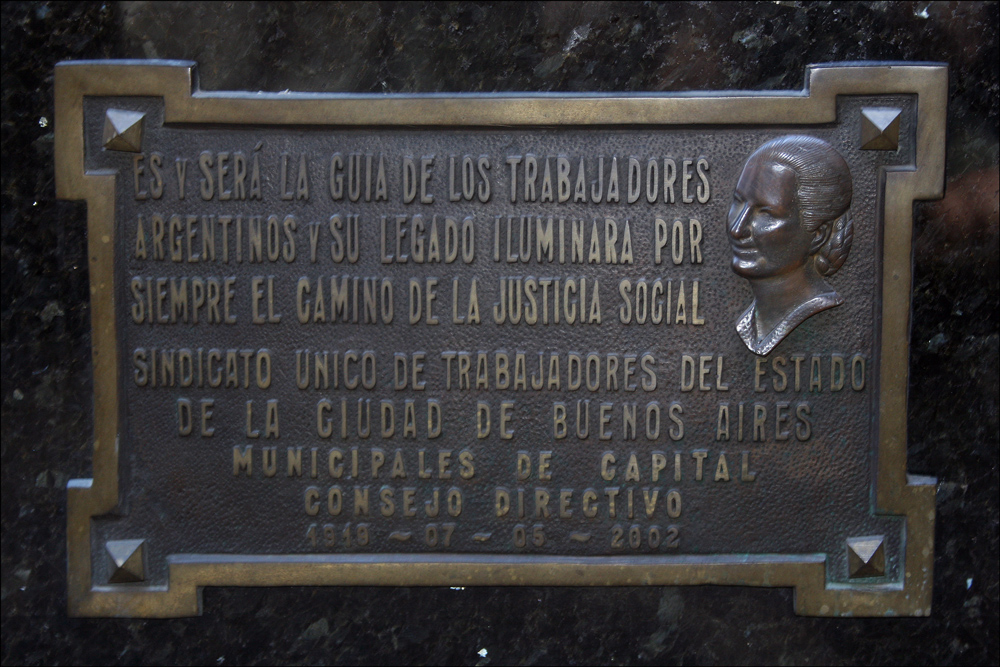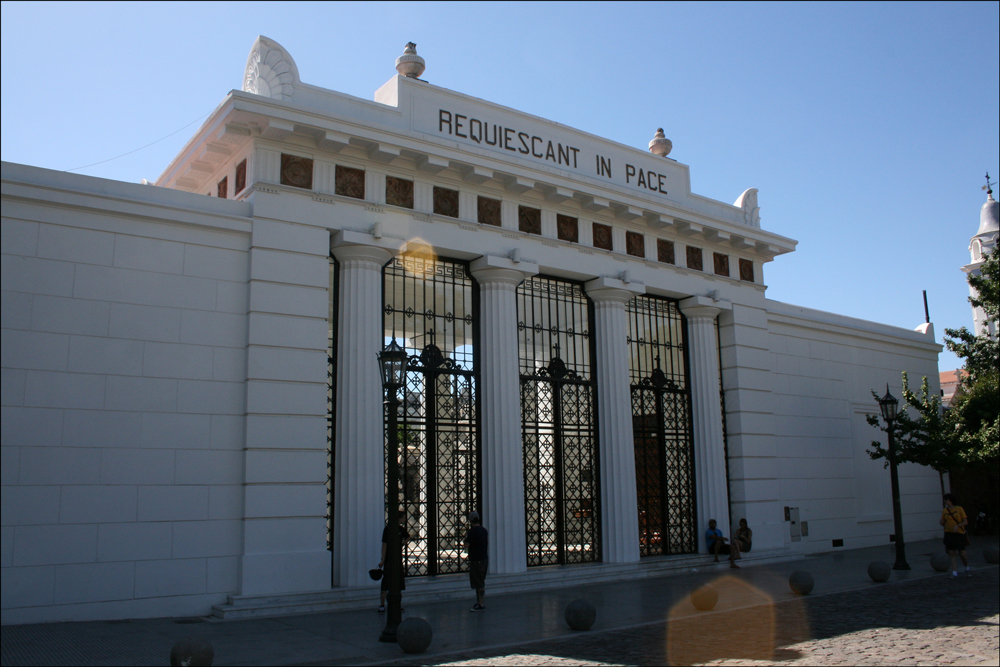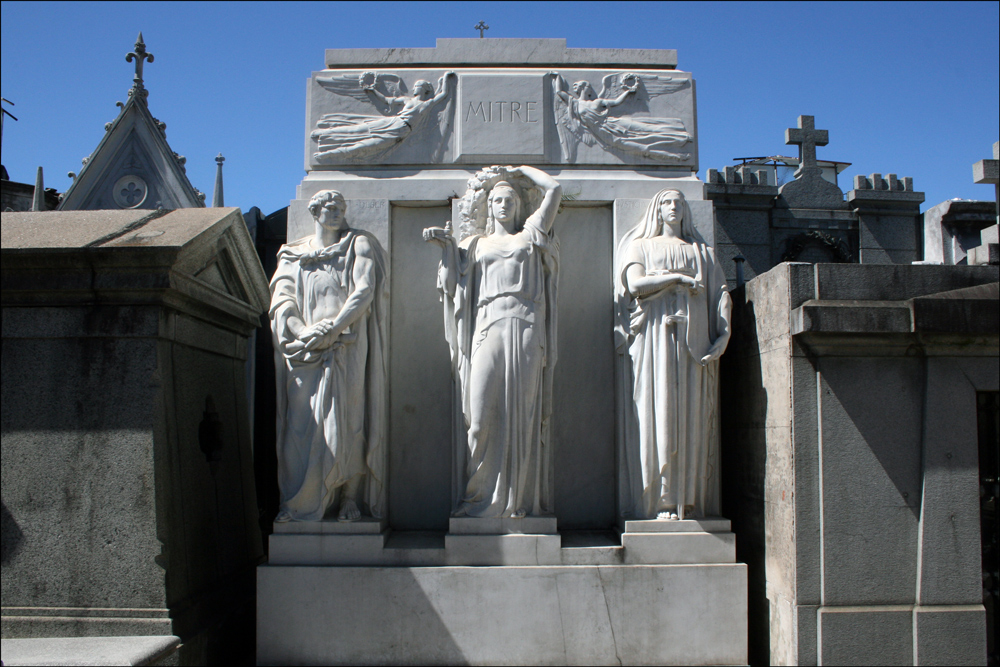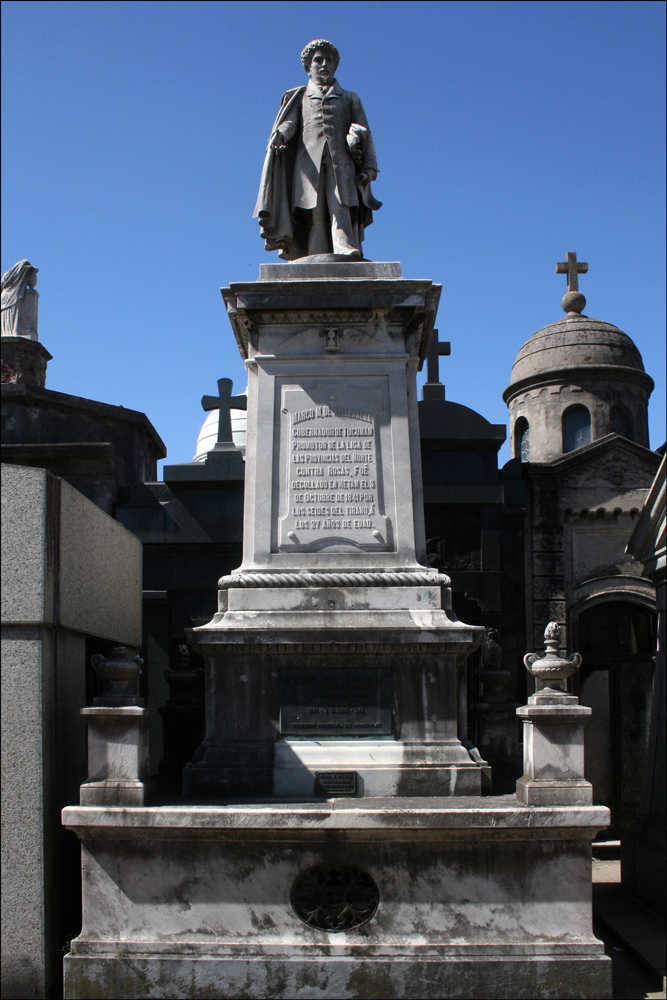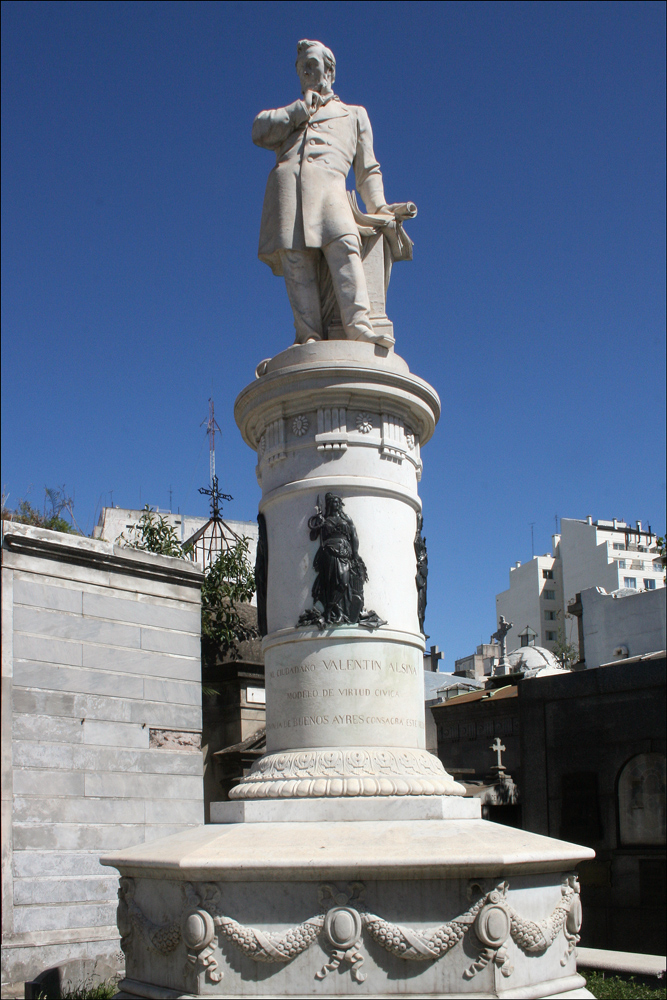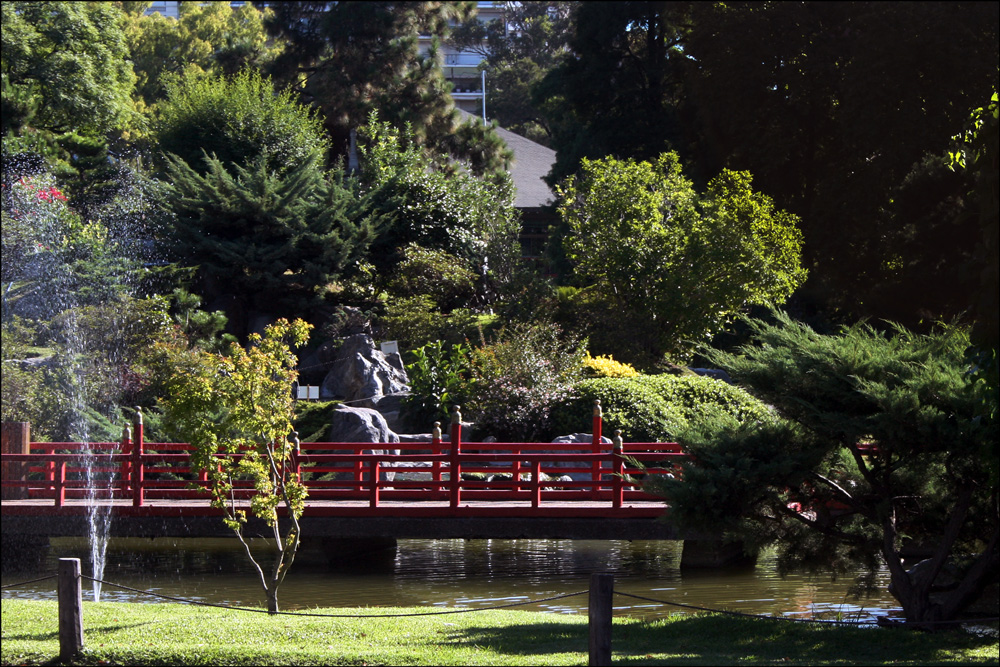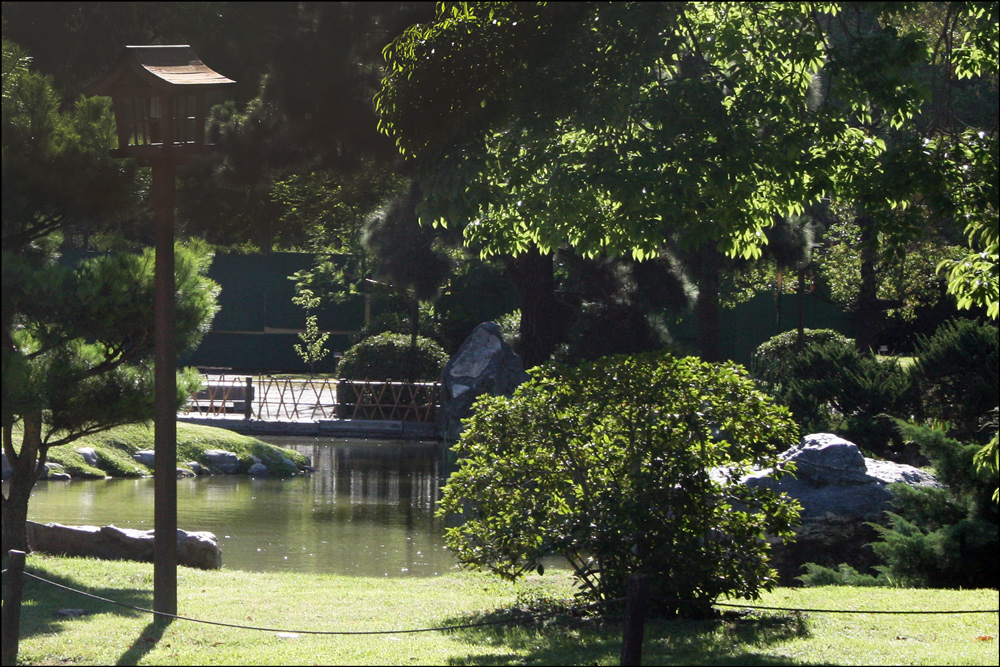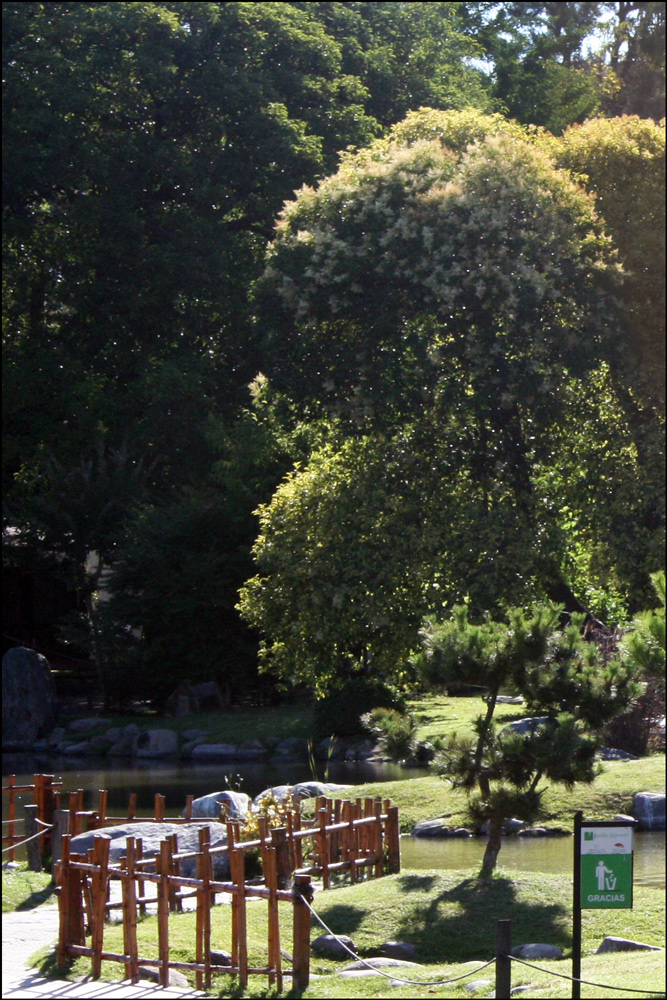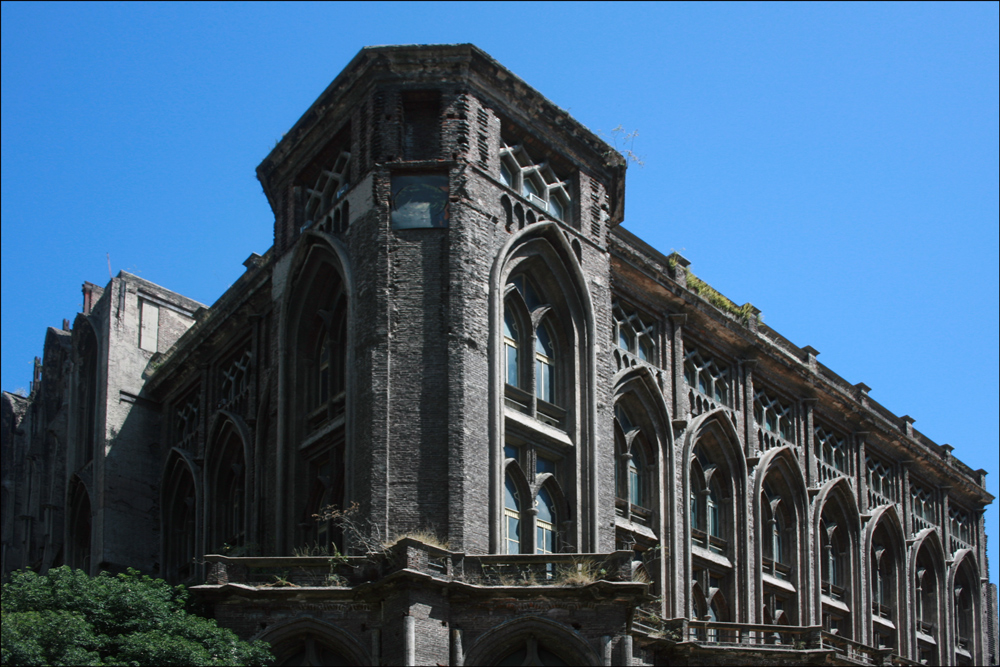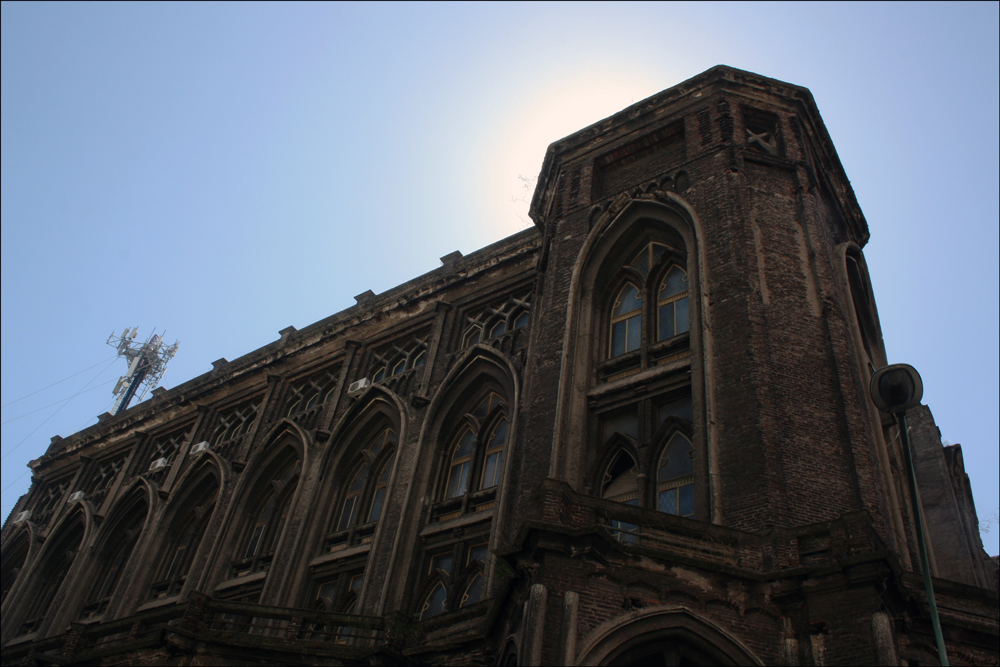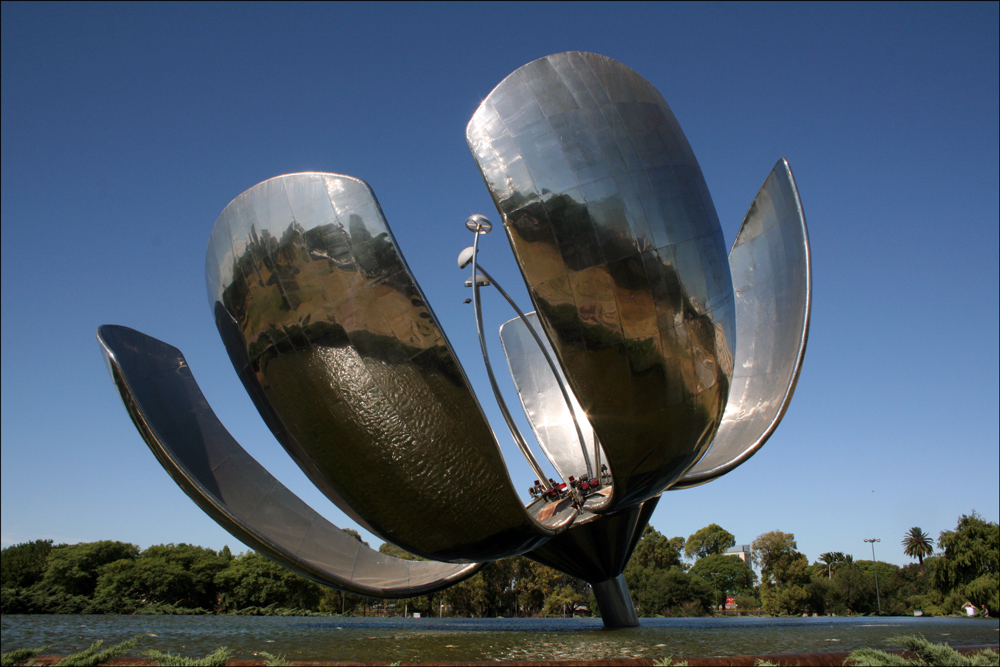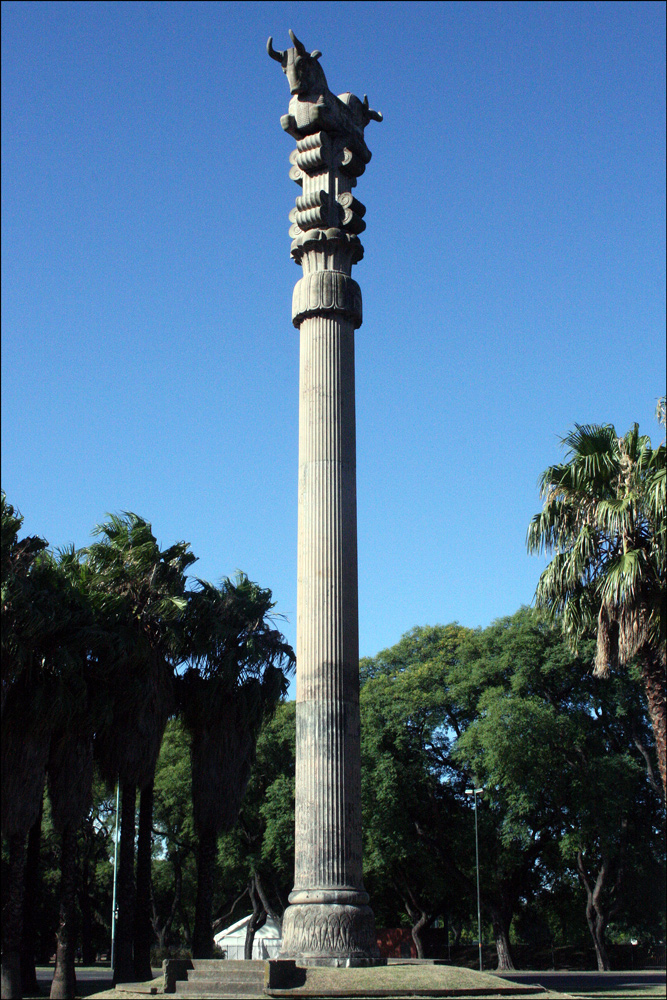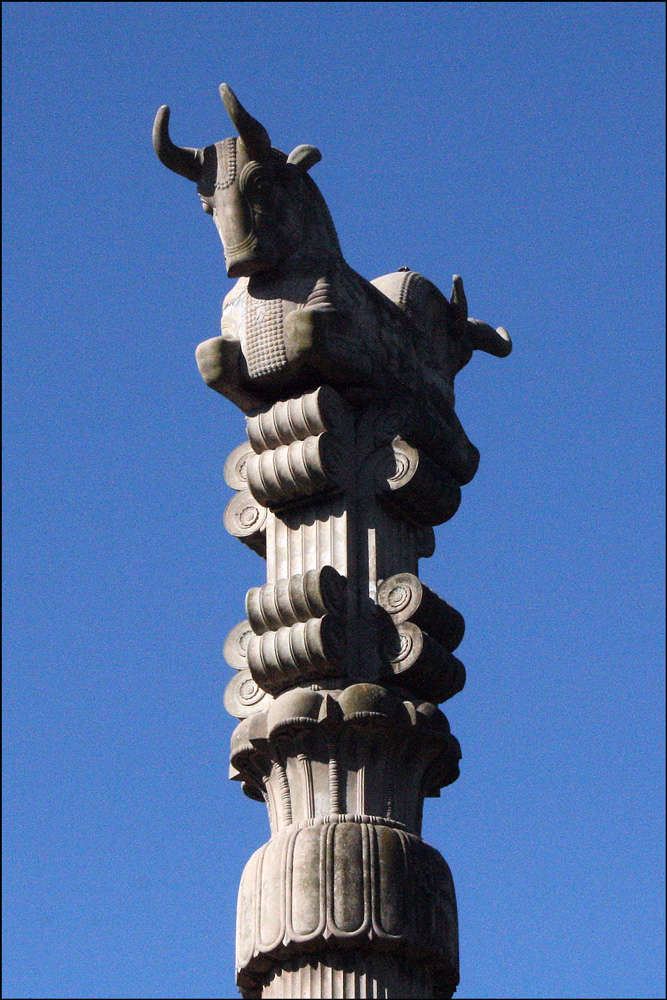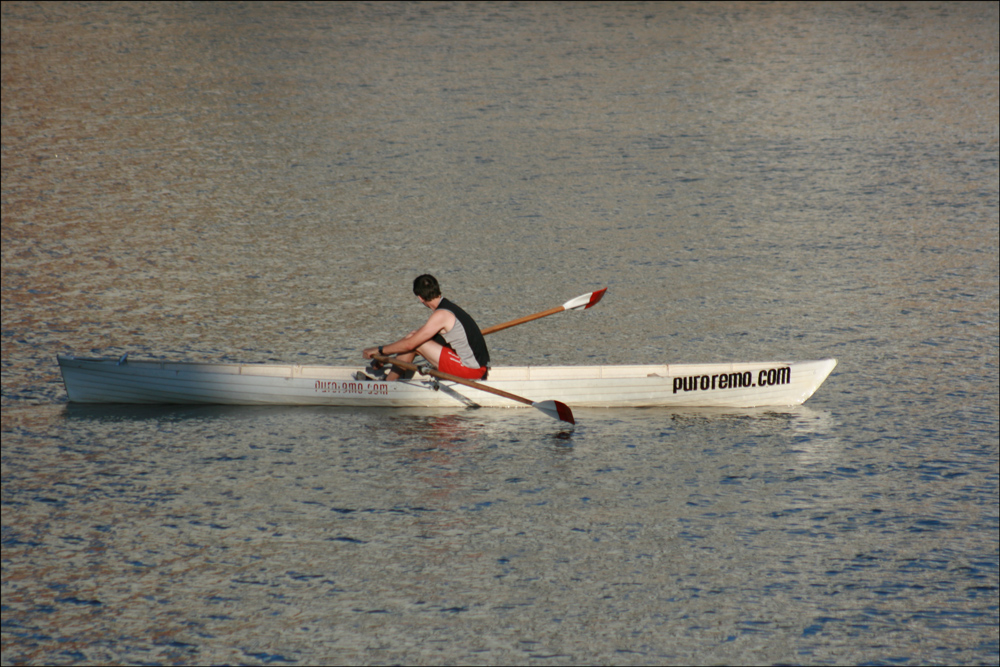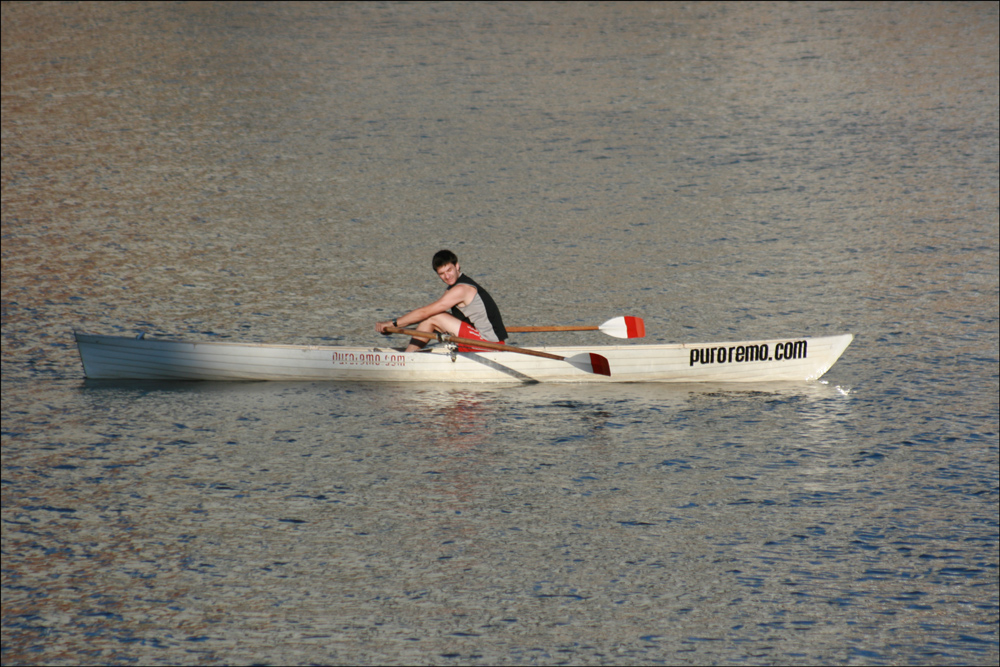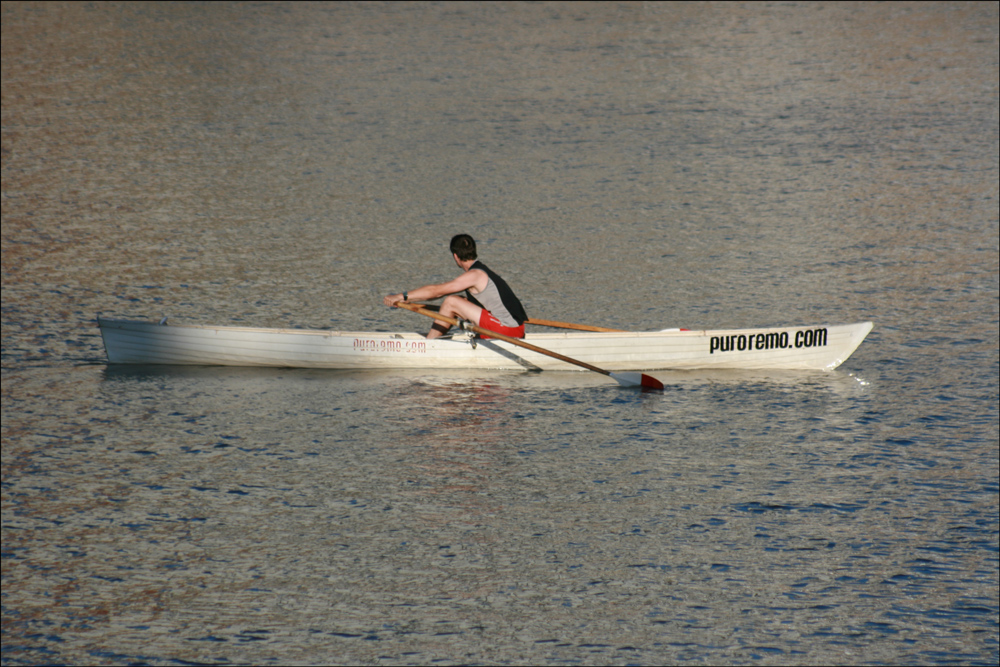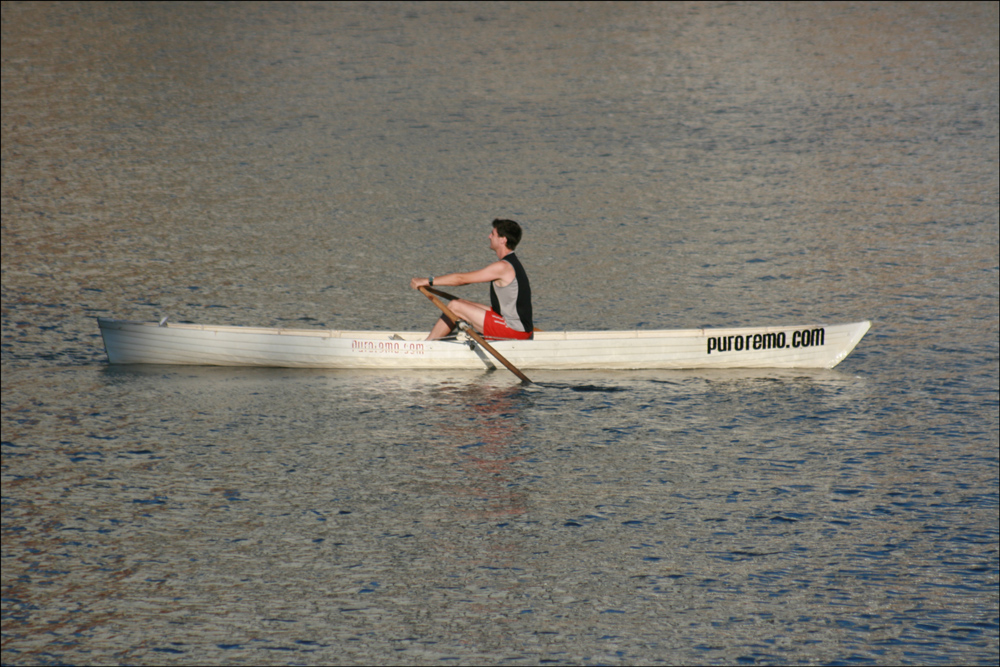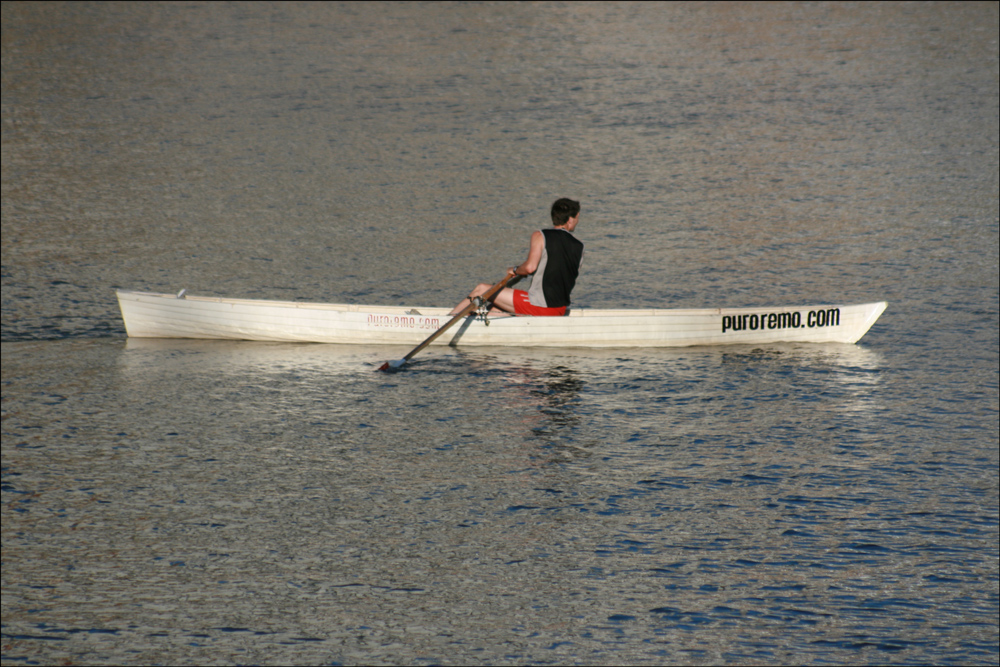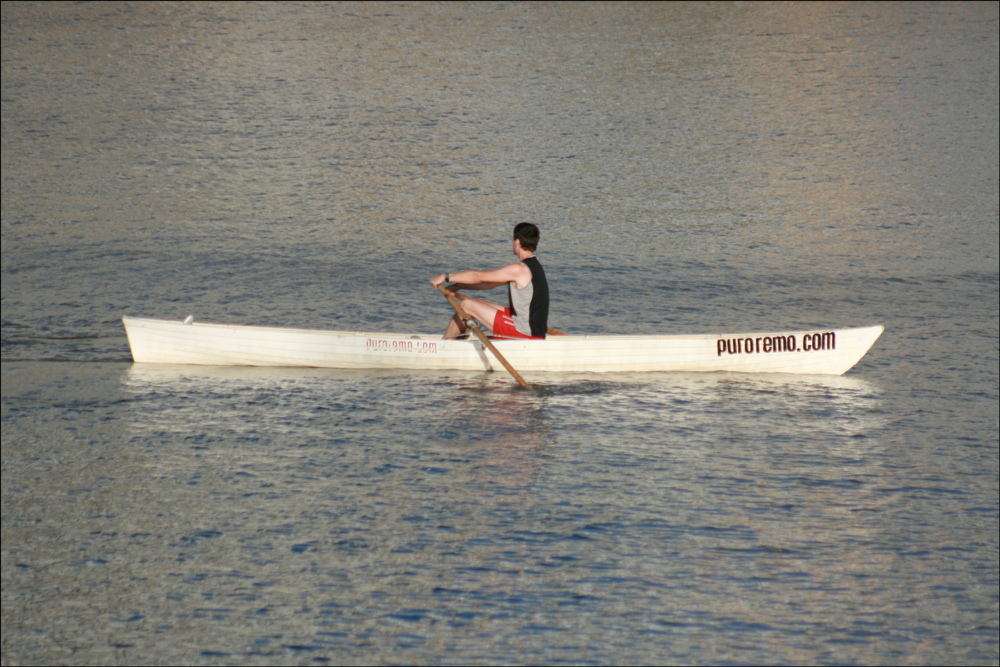La Boca is probably the most blue-collar of all the neighborhoods in Buenos Aires, but it includes El Caminito, a popular spot for tourists due to the colorful buildings and its abundance of street vendors and street performers . The trademark colors on the buildings began when, after painting the barges on the nearby river, the dockworkers used leftover paint on their own houses . The walls of El Caminito are decorated with works of art, one of which, called “Esperando La Barca” (Waiting for the Boat) held special interest for me since it reminded me of my immigrant ancestors . Estadio Alberto J. Armando, the football (soccer) stadium owned by the Boca Juniors football club is also located in La Boca . Because of its shape, the stadium is better known as La Bombonera (the Chocolate Box).
El Caminito – 1
SOURCE: El Caminito – 1 (Buenos Aires, Argentina), photographed by Stephen J. Danko on 02 Jan 2011.
El Caminito – 2
SOURCE: El Caminito -Â 2 (Buenos Aires, Argentina), photographed by Stephen J. Danko on 02 Jan 2011.
El Caminito – 3
SOURCE: El Caminito -Â 3 (Buenos Aires, Argentina), photographed by Stephen J. Danko on 02 Jan 2011.
“Esperando La Barca” (Waiting for the Boat)
SOURCE:   “Esperando La Barca” (Waiting for the Boat) (Buenos Aires, Argentina), photographed by Stephen J. Danko on 02 Jan 2011.
Estadio Alberto J. Armando (La Bombonera)
SOURCE: Â Estadio Alberto J. Armando (La Bombonera) (Buenos Aires, Argentina), photographed by Stephen J. Danko on 02 Jan 2011.
Copyright © 2011 by Stephen J. Danko

